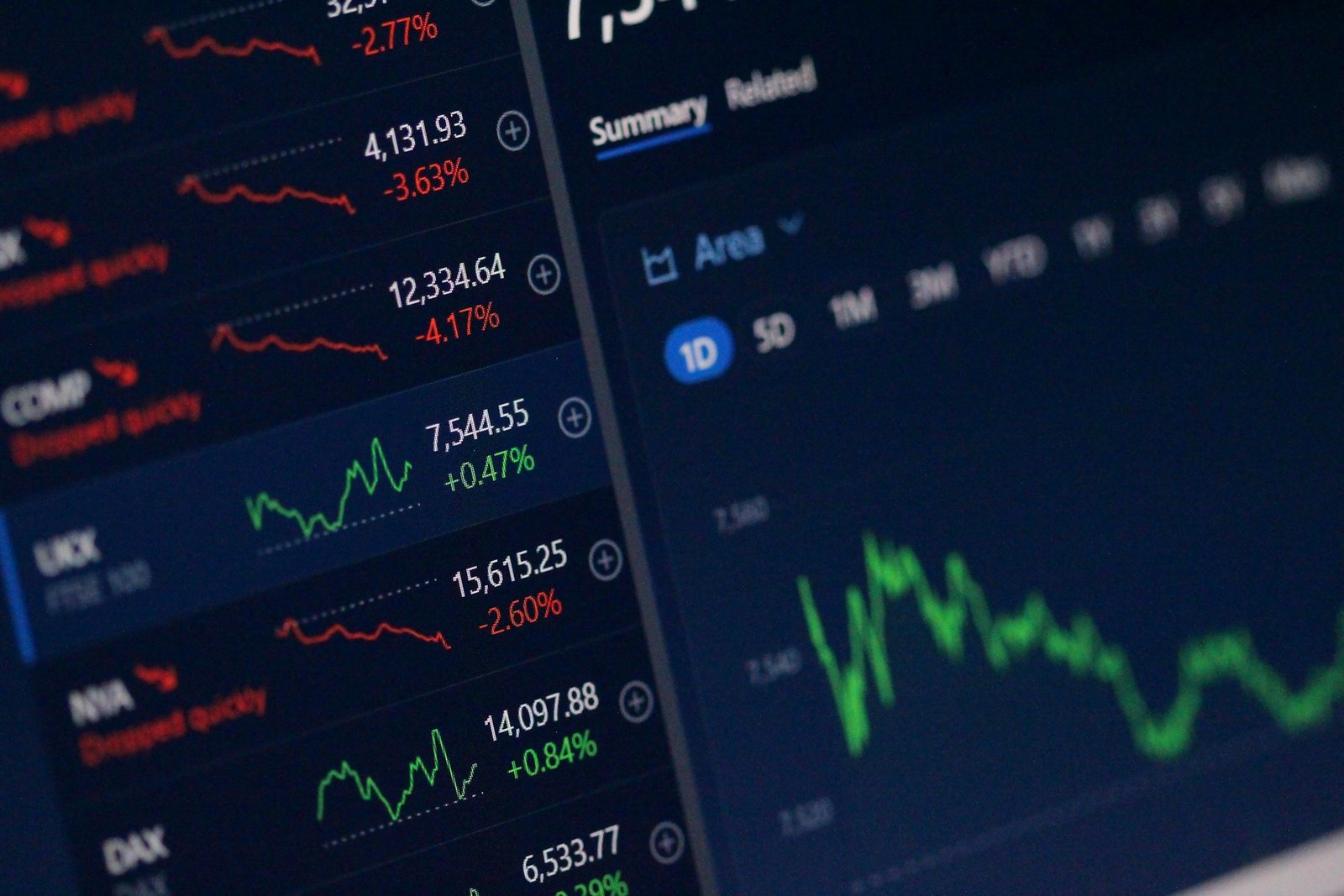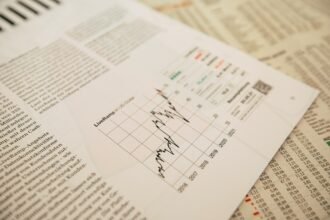Interest rates are once again at the center of America’s economic conversation. In 2025, the Federal Reserve faces one of the most complex challenges in its modern history: balancing the fight against inflation with the need to sustain economic growth, all while navigating unprecedented political pressure. With the September meeting approaching, investors, homeowners, and businesses alike are asking the same question — will the Fed cut interest rates, and if so, what will it mean for the economy?
The Current Interest Rate Landscape
The Federal Reserve’s benchmark interest rate currently sits at a level designed to keep inflation in check, following a series of aggressive hikes in recent years. While these measures have helped to bring inflation closer to the Fed’s long-term target of 2%, they have also raised borrowing costs across the economy.
From credit card APRs to mortgage rates, high interest rates have slowed consumer spending and cooled the housing market. Businesses are feeling the strain as well, with higher financing costs for expansion and capital investment. For policymakers, the question is whether this monetary tightening has gone far enough — or too far.
Why a Rate Cut Is on the Table
Several recent economic data points have revived hopes for an interest rate cut. Inflation readings in the past two months have been softer than expected, and job growth, while still positive, is showing signs of cooling.
These shifts strengthen the argument that the Fed could begin loosening monetary policy to avoid pushing the economy toward a recession. Lowering interest rates would reduce borrowing costs, potentially spurring investment, homebuying, and consumer spending.
However, it’s not a straightforward decision. Cutting too soon could risk reigniting inflationary pressures, especially in sectors where prices remain stubbornly high, such as energy and housing.
The Fed’s Delicate Balancing Act
The Federal Reserve has two primary mandates: price stability and maximum employment. Achieving both at once is a perpetual balancing act, and 2025 has made it even more complicated.
On one side, inflation has moderated but is not entirely under control. On the other, the labor market, while still strong, is losing some momentum. These conditions create a scenario where the Fed must carefully weigh the risks of acting versus holding steady.
Monetary policy experts often refer to this as “threading the needle” — moving interest rates just enough to influence economic activity without tipping the balance too far in either direction.
The Political Dimension
While the Federal Reserve is designed to operate independently of politics, this year’s environment is making that independence harder to maintain. With a presidential election cycle approaching and public opinion divided on economic performance, political voices are growing louder in their calls for the Fed to act.
Some argue that rate cuts are necessary to provide relief for households and businesses grappling with high borrowing costs. Others warn that lowering interest rates now could be seen as politically motivated and might undermine the Fed’s credibility if inflation rises again.
How an Interest Rate Cut Could Affect You
The implications of a Fed rate cut extend far beyond Wall Street. Here’s what various sectors of the economy could expect:
1. Mortgage Rates
A reduction in the Fed’s benchmark rate would likely ease pressure on mortgage rates — but not necessarily as much as borrowers might hope. Mortgage rates are influenced by long-term bond yields, which depend on investor expectations about inflation and economic growth. If investors doubt that inflation is truly under control, mortgage rates may not fall as sharply as the Fed’s cut might suggest.
2. Consumer Credit
Credit cards, personal loans, and home equity lines of credit typically adjust more quickly to changes in interest rates. A cut could mean slightly lower APRs for millions of consumers, offering some relief to household budgets.
3. Business Investment
Lower borrowing costs can encourage businesses to invest in equipment, technology, and hiring. However, companies will also consider the broader economic outlook — if demand remains uncertain, they may hold off on major spending despite cheaper credit.
4. Stock Markets
Equity investors often welcome interest rate cuts, as lower rates can boost corporate profits and make stocks more attractive compared to bonds. However, if a cut signals the Fed is worried about a sharp slowdown, markets could react cautiously.
Why the Impact Might Be Limited
It’s important to remember that a Fed rate cut isn’t a magic bullet. Analysts point out that even with a 25- or 50-basis-point reduction, borrowing costs will remain relatively high compared to the ultra-low interest rate environment of the 2010s.
Furthermore, structural factors — such as global trade tensions, energy price volatility, and demographic shifts — can keep certain costs elevated regardless of monetary policy. This means that while a rate cut might offer some short-term relief, it won’t solve all economic challenges.
Investor Strategies in a Shifting Rate Environment
For investors, the possibility of changing interest rates presents both risks and opportunities. Here are some strategies to consider:
- Diversify fixed-income holdings: If rates drop, long-term bonds could see price gains, but shorter maturities may provide more flexibility if the Fed’s path changes again.
- Watch for sector rotation in equities: Lower rates can benefit rate-sensitive sectors like real estate, utilities, and consumer discretionary.
- Stay informed on Fed communications: The Federal Open Market Committee’s (FOMC) statements, minutes, and press conferences often provide clues about the direction of policy.
What to Watch Before the September Meeting
In the weeks ahead, several key indicators will shape the Fed’s decision-making:
- Inflation Reports – Any unexpected uptick could push a rate cut further out.
- Employment Data – A sharper slowdown in hiring or wage growth would strengthen the case for easing.
- Consumer Confidence – High borrowing costs tend to weigh on sentiment, influencing spending behavior.
- Global Economic Conditions – Weakness in major economies can spill over into the U.S., affecting trade and investment flows.
The Bottom Line
Interest rates are more than just a technical aspect of economic policy — they’re a reflection of the country’s financial health and a powerful lever that influences nearly every corner of the economy.
In 2025, the Federal Reserve is walking a tightrope, trying to support growth without reigniting inflation. Whether or not the central bank moves to cut rates in September will depend on a mix of economic data, market expectations, and the Fed’s confidence in its long-term strategy.
For consumers, businesses, and investors, staying informed about the Fed’s policy signals is essential. Interest rates may be just numbers on a chart, but their impact is deeply personal — shaping the cost of your mortgage, the interest on your credit card, the health of your retirement portfolio, and the trajectory of the entire U.S. economy.
Sources
- Federal Reserve – FOMC Meeting Statements
- Federal Reserve Bank of St. Louis – Effective Federal Funds Rate (FEDFUNDS)
- U.S. Bureau of Labor Statistics – Consumer Price Index (CPI)
- U.S. Inflation Calculator – Current Inflation Rates
- USAFacts – Current Inflation Rate
- Federal Reserve Bank of New York – Survey of Consumer Expectations
- Investopedia – Jobs Report Seals Federal Reserve Interest Rate Cut in September
- Reuters – Fed on Track for String of Rate Cuts as Labor Market Weakens
- MarketWatch – Fed Likely to Cut Rates by 25 Basis Points
- Wall Street Journal – Stock Market Coverage







